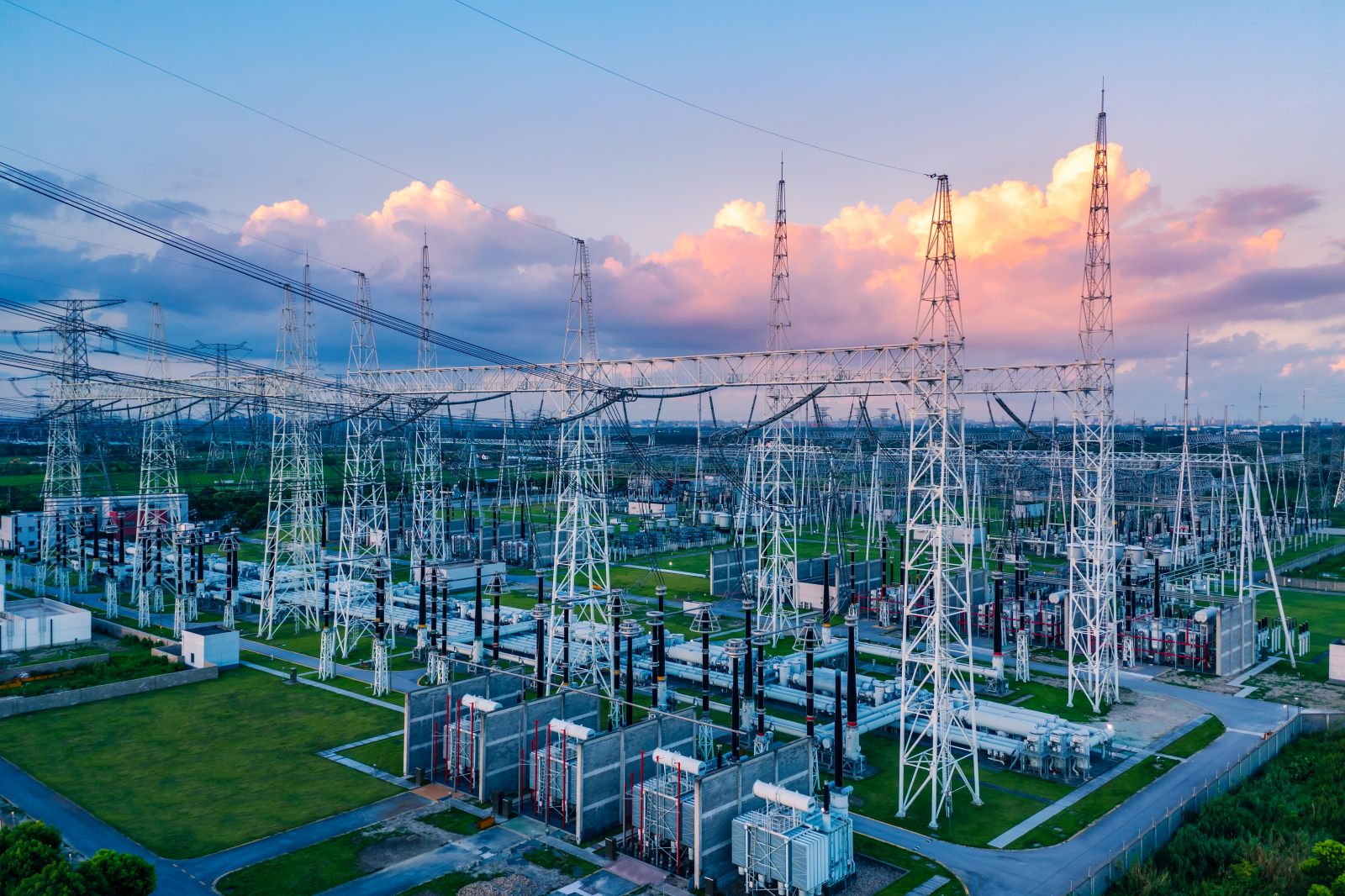Environmental experts have raised the alarm over a potential downside of AI that still needs thorough examination. Here are the details.
AI’s Environmental Impact

Image Credit: Shutterstock / Gorodenkoff
There’s no other way to phrase it – AI is changing the planet. Since ChatGPT blew up in 2022, AI has quickly become more and more common, and nowadays it’s not uncommon to have large language models integrated into everyday applications like phones or cars.
AI’s Role Today

Image Credit: Shutterstock / PattyPhoto
AI can now help people with a wide range of tasks, from customer service to content creation – even in some cases involving medical diagnoses.
A Quiet Crisis

Image Credit: Shutterstock / Gorodenkoff
But there’s a big downside to all progress that hasn’t been widely talked about: the massive environmental impact of AI data centers.
Not Your Average Environmental Offender

Image Credit: Shutterstock / SFIO CRACHO
According to the experts, tech giants are leaving a trail of destruction that’s making climate change look like child’s play.
The Hidden Cost of AI

Image Credit: Shutterstock / ultramansk
Forget about your carbon footprint – every time you use an AI, data centers are burning through electricity like there’s no tomorrow – and guess who’s footing the bill as utilities scramble to keep up with the energy and water usage.
Struggles of Local Utilities

Image Credit: Shutterstock / ABCDstock
Data centers need constant power, which makes it hard for utilities to manage electricity demand. They also require a lot of electrical infrastructure and cooling systems, which puts extra pressure on local resources.
Who Foots the Bill?

Image Credit: Shutterstock / Africa Studio
On top of that, big tech companies are notorious for negotiating special rates for their energy consumption – which often means regular people end up paying the price.
Maryland’s Expensive Infrastructure Overhaul

Image Credit: Shutterstock / Nuttapong punna
The costs for these energy-intensive buildings are often spread out across multiple states. Take Maryland, for example, where residents are being forced to shell out $551 million for upgrades that essentially only benefit Virginia’s data centers.
Indiana’s Mega Data Center Deal

Image Credit: Shutterstock / Gorodenkoff
In Indiana, regulators approved a $800 million data center project with Facebook’s owner, Meta. The facility’s power rate is confidential, but connecting it to the grid costs $82 million – a cost that the Utility Consumer Counselor allowed to be hiked onto ratepayers. Ohio has seen a similar development.
Google vs. Ireland’s Power Grid

Image Credit: Shutterstock / rafapress
According to researcher Alex de Vries, a single AI-powered Google search uses ten times more power than a regular one – which is roughly equivalent to an hour-long phone call on a landline. De Vries estimates that if Google slapped AI on all their searches, it could easily suck up as much juice as the entire country of Ireland.
A Thirst for Water

Image Credit: Shutterstock / Ostariyanov
Data centers are just as bad when it comes to water usage – which they need for cooling. Experts predict that by 2026, global data centers could be using half as much water as the entire United Kingdom.
Google’s Latest Eco Report

Image Credit: Shutterstock / Kateryna Onyshchuk
This estimate has become even more insightful after Google released its 2024 environmental report – which has got a lot of people concerned.
A Massive Spike in Greenhouse Gas Emissions

Image Credit: Shutterstock / tadamichi
Over the past five years, Google’s greenhouse gas emissions shot up nearly 50% – a spike mainly due to the energy consumption of these data centers that power artificial intelligence.
In 2023 alone, Google emitted 14.3 million tons of CO2 – up 48% from 2019 and 13% from the year before. It’s a far cry from Google’s 2019 pledge to reduce its emissions by 50%.
Dealing with AI’s Growing Data Demands

Image Credit: Shutterstock / HAKINMHAN
But it’s not just Google. AI’s rapid growth has sent data center demand through the roof. These centers need both water and power to survive, but federal agencies aren’t keeping track of the demand – even as their greenhouse gas footprints get rapidly larger.
Where’s the Federal Oversight?

Image Credit: Shutterstock / Salivanchuk Semen
“We do not have any mandated disclosures on the amount of energy or resources that general AI systems use,” says Merve Hickok, president of the Center for AI and Digital Policy. This secrecy makes it harder for utilities and regulators to respond to these changes.
Surprising Support for Coal Plants

Image Credit: Shutterstock / Multishooter
Another less spoken-about point is that while AI companies preach about going green, they’re actually keeping coal plants alive. In Maryland, two coal-fired power plants that were scheduled to close are being forced to keep operating until at least 2028 – all due to the increased demand from data centers.
An Unexpected Team-Up

Image Credit: Shutterstock / tomeqs
And it gets worse – Shell is using AI to find more deep-sea oil. The very technology that many claim is supposed to save the planet is being used to dig up more fossil fuels.
The Lobbyist Effect

Image Credit: Shutterstock / Jacob Lund
But what’s being done about this digital doomsday? Not much, thanks to a dedicated army of lobbyists. Last year, the number of AI lobbyists skyrocketed by 120%, with tech giants like Microsoft employing a small nation’s worth.
Behind Closed Doors

Image Credit: Shutterstock / fizkes
Meanwhile, closed-door meetings between tech titans and politicians are deciding the future of AI regulation.
What’s Next for AI and Our Planet?

Image Credit: Shutterstock / Deemerwha studio
As De Vries put it, “We’re in a time where we have to make choices about how we use our resources.” But with tech companies spending millions to keep Americans in the dark, those choices are looking tougher by the day.
Oil Dumping Scandal Rocks Ships Heading to New Orleans

Image Credit: Shutterstock / Aerial-motion
Two shipping companies have been fined after knowingly hiding a large oil spill in the Atlantic Ocean. Oil Dumping Scandal Rocks Ships Heading to New Orleans
20 Eye-Opening Realities Facing Retiring Baby Boomers

Image Credit: Shutterstock / Jack Frog
As Baby Boomers approach retirement, the promise of leisure and security often seems unattainable. This generation faces unique challenges that could redefine retirement. Here’s a stark look at the realities shaping their outlook. 20 Eye-Opening Realities Facing Retiring Baby Boomers
Retail Apocalypse: Massive Closures Sweep Across U.S. Brands

Image Credit: Shutterstock / Tada Images
Stores across the U.S. are closing at unprecedented levels, according to new research from advisory firm Coresight Research. Read on for more information about the impact this could have on you and your communities. Retail Apocalypse: Massive Closures Sweep Across U.S. Brands
The post Are You Paying Google’s Energy Bills? How AI is Drying Up Resources Fast first appeared on EcoHugo.
Featured Image Credit: Shutterstock / VDB Photos.


